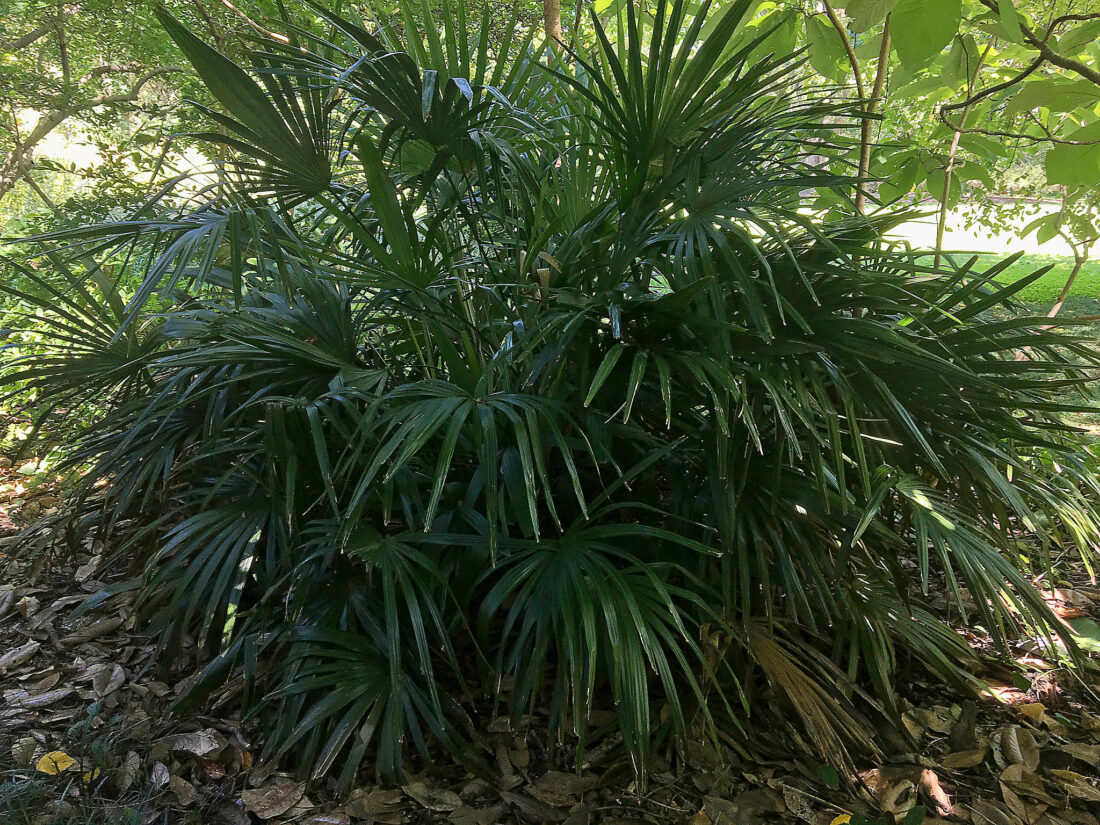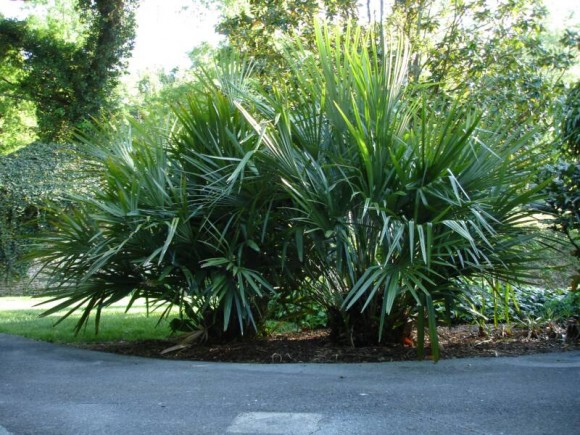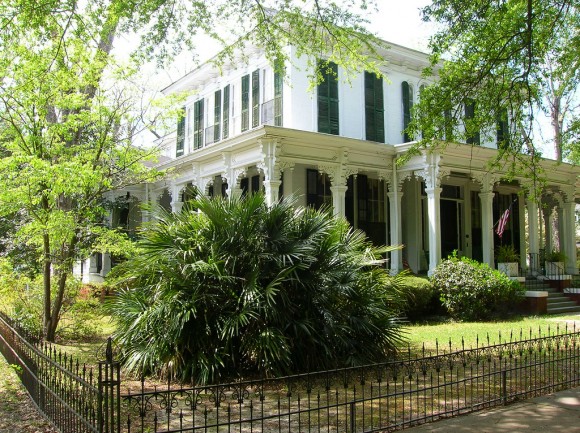Of all of the vegetation on this planet, I actually do love palms. There’s one thing about them—their daring silhouettes, the best way they sway within the breeze, the unmistakable tropical power they create to an area. However what actually fascinates me is that, at their core, these towering bushes are basically large blades of grass. That’s proper—palms are monocots, which means they develop from a single terminal level, similar to your garden.
Rising up in Raleigh, NC, I bear in mind seeing massive windmill palms (Trachycarpus fortunei) standing tall exterior one of many neighborhood facilities. Later, once I moved to Wilmington, NC, palms turned much more part of my each day panorama. From native sabal palms (Sabal palmetto) to the arching, silvery-blue Butia capitata from South America, Wilmington’s streets had been lined with them.

Then got here Pennsylvania. I attempted rising palms there—tried being the operative phrase. It was a short-lived experiment. So you may think about my response once I first visited Coastal Maine Botanical Gardens and noticed needle palms planted within the panorama. I laughed. Audibly. There was no method that was going to work.
Effectively, the joke’s on me.
That grouping of needle palms (Rhapidophyllum hystrix) not solely survived, nevertheless it made it via one in every of Boothbay, Maine’s coldest, snowiest winters. And this wasn’t a gentle winter by any stretch. Locals inform me it was notably brutal, so the truth that these palms pulled via is a tremendous signal.
Now, we didn’t simply go away them to fend for themselves. We wrapped them in protecting cages and tucked leaf compost round their crowns for insulation. However nonetheless, these are palms in Maine—we’re undoubtedly pushing boundaries right here.
Needle Palms – Rhapidophyllum hystrix
Needle palms are native to the southeastern United States, primarily discovered within the understory of forests from Florida to South Carolina, and lengthening west into Alabama and Mississippi. They’re thought-about one of many hardiest palms on this planet, able to surviving temperatures as little as -10 to -15°F. That’s spectacular for a plant that appears prefer it belongs on a seashore slightly than in a frozen panorama. In contrast to most different palms, that are extra at house in heat, humid environments, needle palms are well-adapted to woodland settings, typically discovered rising in shady, moist soils close to streams and swampy areas.
They will finally develop over six ft tall and eight ft broad, although they take their time getting there. As an alternative of a single trunk, needle palms kind a dense, shrubby cluster of fan-like fronds that emerge from a fibrous, underground base. The spiky needles on the base of the plant—the place it will get its title—can attain as much as six inches lengthy and function a pure protection mechanism in opposition to hungry animals and careless people alike. Within the wild, these spines shield the plant’s flowers and fruit, which develop tucked inside the needle-covered base. The flowers are small, yellowish, and infrequently hidden from view, however they offer option to darkish blue or black fruit that draws wildlife.
Regardless of their tropical look, needle palms are remarkably drought-tolerant as soon as established, capable of deal with each humid southern summers and dry spells. Their deep roots assist them face up to excessive winds, making them a resilient alternative for landscapes. And whereas they’re slow-growing, they reward persistence with their toughness, adaptability, and evergreen presence—even in locations the place palm bushes appear unattainable.
I can’t let you know how thrilled I’m that these vegetation survived. Plenty of our backyard guests spend their winters in Florida or different hotter locations, so I can’t wait to see their reactions after they spot palm bushes thriving right here, in coastal Maine.
What’s subsequent—coconuts in Boothbay?
-Rodney
Pictures: chillypalmtree.com, plantlust.com


